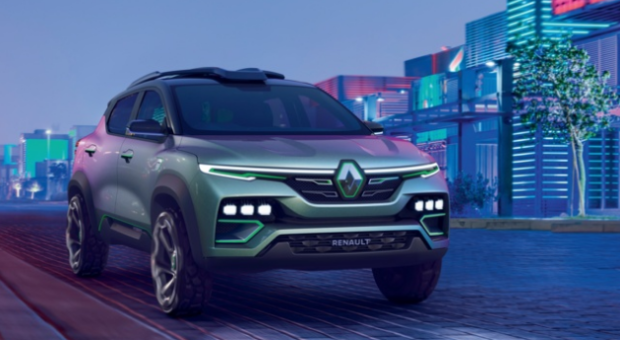
Introduction
In the ever-evolving world of automotive design, innovation is the driving force behind the development of cars that not only meet the demands of today’s consumers but also anticipate the needs of tomorrow. As we stand on the precipice of a new era in transportation, it’s essential to take a closer look at the innovations that are shaping the automotive industry’s future. From electrification to autonomous driving and sustainability, these developments are not just changing the way we drive but also reshaping the very essence of our vehicles.
- Electrification: The Rise of Electric Vehicles
The electric vehicle (EV) revolution is in full swing. With climate change concerns and a growing interest in sustainable transportation, automakers are investing heavily in electric mobility. The shift to electric powertrains is not just about reducing carbon emissions but also offers a thrilling new dimension of performance. Electric vehicles are known for their instant torque, quiet operation, and the possibility of self-charging through regenerative braking. Tesla, with its Model 3, Model S, and Model X, has become a household name, while traditional manufacturers like BMW, Ford, and Volkswagen are rapidly expanding their EV lineups.
- Autonomous Driving: Shaping the Future of Transportation
Autonomous vehicles are no longer the stuff of science fiction; they’re here, and they’re evolving fast. Companies like Waymo, Cruise, and Tesla are pushing the boundaries of self-driving technology. While the journey to fully autonomous cars may take some time, we’re already witnessing advanced driver-assistance systems (ADAS) that provide features like adaptive cruise control, lane-keeping assist, and even limited hands-free driving. These innovations aim to enhance safety and convenience, making long commutes less stressful and road trips more enjoyable.
- Sustainability and Green Initiatives
Sustainability is more than a buzzword in the automotive industry; it’s a driving force. Automakers are increasingly committed to reducing their carbon footprint by incorporating eco-friendly materials and production processes. This shift towards sustainability extends to the use of recycled materials, vegan leather, and even bio-based plastics. Additionally, a growing number of manufacturers are offering electric vehicle models, using renewable energy sources in their manufacturing facilities, and actively engaging in recycling programs.
- Advanced Materials and Lightweighting
To improve fuel efficiency and reduce emissions, automotive designers are turning to advanced materials and lightweighting techniques. High-strength steel, aluminum, and carbon fiber are being used to build lighter, stronger, and safer vehicles. Lightweighting not only enhances fuel economy but also improves handling and performance, making cars more agile and responsive.
- Connectivity and Infotainment
The modern car is becoming more connected than ever before. Infotainment systems are evolving to provide a seamless connection between your vehicle and your digital life. With the integration of voice-activated assistants, smartphone mirroring, and advanced navigation, your car is now an extension of your connected world. These technologies enhance safety, convenience, and entertainment during your journeys.
Conclusion
The future of automotive design is an exciting journey into uncharted territory. The industry’s focus on electrification, autonomous driving, sustainability, advanced materials, and connectivity is transforming the way we perceive and use our vehicles. As we move forward, the lines between technology and transportation are blurring, and the result is an automotive landscape filled with innovation, efficiency, and a commitment to creating a greener, smarter, and more enjoyable driving experience. Stay tuned as we continue to witness these trends shape the future of the automotive world, making it a better, safer, and more sustainable place for all.
















